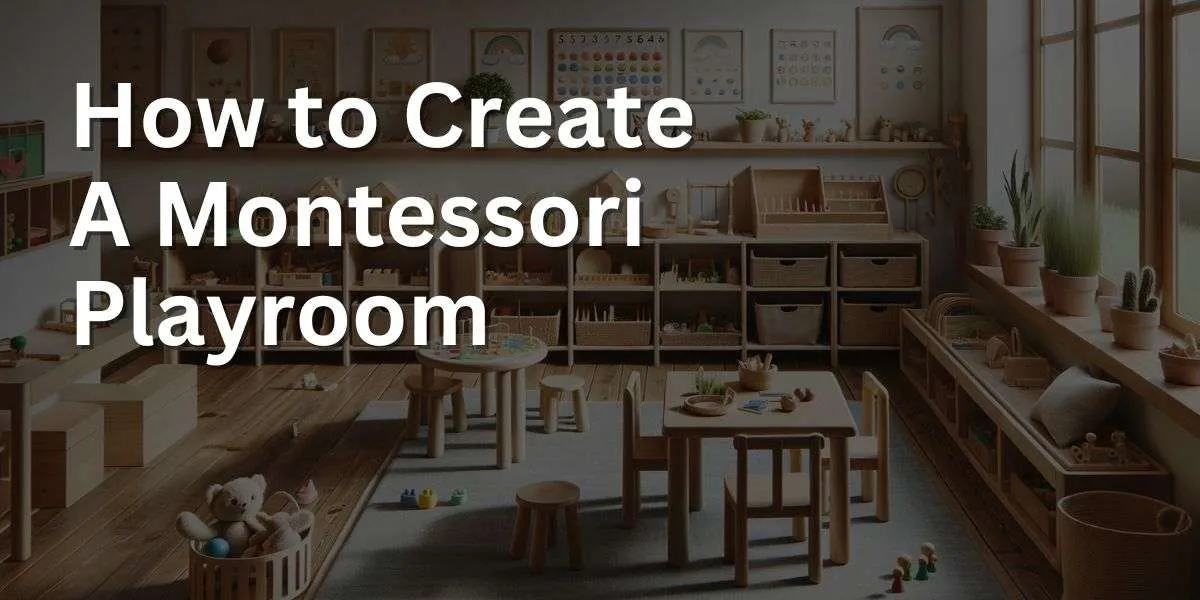Stepping into the realm of how to create a Montessori playroom offers caregivers the blueprint to craft an environment that resonates with a child’s natural curiosity and thirst for knowledge. Montessori playrooms are uniquely designed to empower children to explore and learn autonomously.
From selecting low shelves filled with purposefully chosen toys to ensuring safety and accessibility, creating a Montessori playroom requires meticulous planning. The emphasis is on simplicity, natural materials, and resources that align with the child’s developmental stage. This guide will provide detailed steps, from space layout to toy selection, to establish a genuine Montessori-inspired play space.
Eager to transform a regular room into a haven of hands-on learning and exploration for your child? Journey with us as we guide you through the principles and practices of crafting the perfect Montessori playroom.
A Montessori playroom is more than just a room filled with toys. It’s a thoughtfully designed environment that encourages exploration, independence, and meaningful learning. Regularly observe and adapt the space as your child grows and their interests evolve, ensuring it remains relevant and engaging.
Key Takeaways: How to Create A Montessori Playroom
- Prioritize Safety:
- Childproofing: Ensure that the room is safe with secured furniture, covered electrical outlets, and no sharp edges or choking hazards.
- Non-Toxic Materials: Opt for toys and furniture made of natural, non-toxic materials, such as wood, cotton, and metal.
- Organize and Simplify:
- Low Shelves: Use low, open shelving to display toys and materials, making them easily accessible to the child.
- Minimalism: Avoid overcrowding; select a few purposeful, high-quality toys, rotating them regularly to maintain interest.
- Choose Developmentally Appropriate Materials:
- Hands-on Toys: Include toys that encourage hands-on exploration, like puzzles, blocks, and art supplies.
- Real-Life Tools: Offer child-sized versions of real tools, such as brooms, kitchen utensils, or gardening tools, promoting practical life skills.
- Dedicate Specific Zones:
- Activity Zones: Designate areas for specific activities, such as a reading nook, art corner, or sensory play area.
- Quiet Space: Create a calm area with cushions or a bean bag where children can relax or read.
- Incorporate Nature:
- Natural Light: Where possible, ensure the room has ample natural light. If not, use warm, soft lighting.
- Nature Elements: Incorporate plants, nature-themed materials, or items like seashells and rocks for exploration.
- Promote Independence:
- Accessible Storage: Use labeled bins or baskets at a child’s level, teaching them to tidy up independently.
- Child-sized Furniture: Include tables, chairs, and other furniture that’s the right size for your child, fostering independence and comfort.
- Encourage Open-Ended Play:
- Versatile Toys: Select montessori toys without a fixed purpose, like blocks or fabric pieces, allowing children to use their imagination.
- Avoid Electronics: Limit battery-operated or electronic toys, encouraging more active, imaginative play.
- Incorporate Art and Culture:
- Art Display: Dedicate a wall or space to display your child’s artwork, fostering pride and creativity.
- Cultural Materials: Introduce items from various cultures, like musical instruments or traditional fabrics, expanding their worldview.
- Involve the Child:
- Seek Input: Ask your child about their preferences or interests when setting up the playroom.
- Encourage Responsibility: Teach them to respect and take care of their playroom, from cleaning up to caring for plants.
What is a Montessori Playroom?
A Montessori playroom is a specially designed space for children that encourages independence, creativity, and concentration. The montessori playroom activities is based on the Montessori method of education, which was developed by Dr. Maria Montessori in the early 1900s.
A Montessori playroom is a space designed for autonomy and self-directed learning, featuring low shelves, toys made of natural materials, child-sized furniture, and a decluttered environment that focuses on educational value and evolving developmental needs.
A Montessori playroom is a carefully curated environment designed to support a child’s natural inclination to learn through play. Based on the principles of Dr. Maria Montessori, this space emphasizes autonomy, self-direction, and hands-on learning. It typically features low shelves with toys and materials that are easily accessible, encouraging children to choose and engage with activities independently.
The toys are often made of natural materials like wood and are chosen for their educational value, fostering specific developmental skills. Child-sized furniture ensures that young learners can navigate the space comfortably, and a minimalist approach is taken, with a focus on quality over quantity. The playroom is organized and decluttered, often with rotating materials to keep the child’s interest and cater to their evolving needs.
Designing a Montessori Playroom
To design a Montessori room at home, incorporate low shelves, child-sized furniture, rotating toys, natural elements, and zoned areas, ensuring the environment promotes independence, exploration, and a deep connection to the world around them.
Designing a Montessori playroom is a deliberate process that focuses on creating an environment conducive to self-directed learning and exploration. Key features include low shelves that allow children to independently choose and return materials, and child-sized furniture to promote autonomy.
The space should be decluttered, with rotating toys and materials that cater to the child’s current interests and developmental stage. Natural elements like wooden toys, plants, and ample natural light are preferred to foster a connection with nature.
Zoned areas, such as a reading corner, art station, or sensory play zone, can further encourage a variety of activities. The overall goal is to create a space that is both inviting and functional, with everything accessible and understandable to the child.
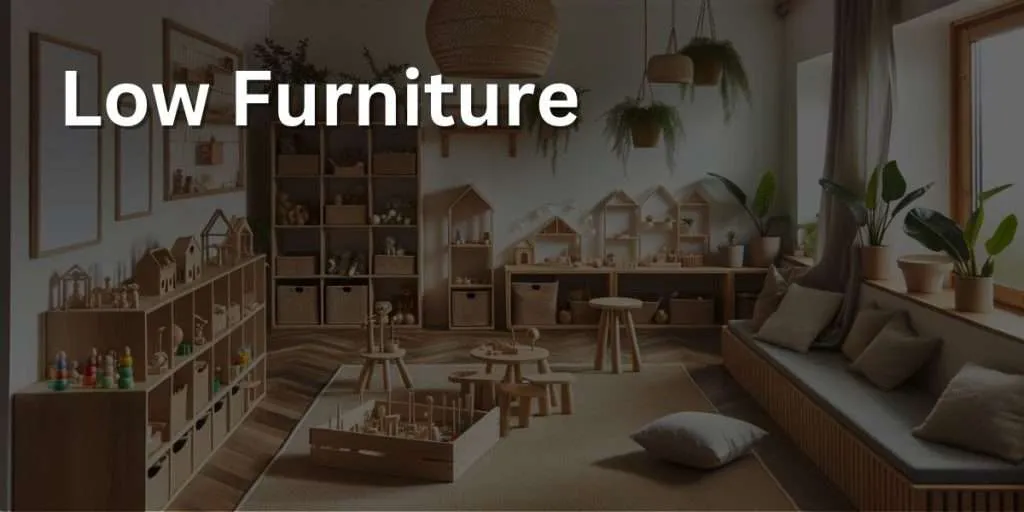
Montessori Playroom Furniture
Montessori playroom furniture comprises child-sized pieces like low shelves, tables, and chairs, often made from natural materials, designed for accessibility, independence, and promoting self-reliant learning experiences.
Montessori playroom furniture is distinctively designed to empower children to be independent and self-reliant in their learning environments. Central to this design is child-sized furniture that enables little ones to access materials, sit, work, and play without adult assistance. Low shelves are an iconic feature, allowing children to see, choose, and return their toys and learning materials with ease.
Tables and chairs are scaled down to be comfortably used by young learners, promoting prolonged periods of focused activity. Natural materials such as wood are commonly used, not just for aesthetics but also for their tactile and warm qualities.
Another essential piece is the open wardrobe, allowing children to pick their clothes, fostering decision-making and self-care skills. The design emphasizes simplicity, durability, and functionality, ensuring that the environment remains both child-centric and conducive to growth.
Montessori Playroom Flooring
Montessori playroom flooring emphasizes safety, durability, and sensory experiences, often utilizing soft mats, rugs, and natural materials like cork or bamboo that are eco-friendly and easy to clean.
Montessori playroom flooring plays a pivotal role in creating a safe and comfortable environment for children. The choice of flooring should prioritize safety, durability, and sensory stimulation. Many Montessori playrooms opt for soft, cushioned mats or rugs to provide a gentle surface for children, especially those who are crawling or learning to walk.
These mats also offer tactile experiences for bare feet, encouraging sensory exploration. Natural materials like cork or bamboo flooring are popular choices, as they are eco-friendly, warm to the touch, and less prone to causing slips.
It’s beneficial to select flooring that’s easy to clean, as playrooms are spaces of active learning and can get messy. Care should be taken to avoid materials that may contain harmful chemicals or allergens.
Montessori Playroom Lighting
Montessori playroom lighting emphasizes natural light and adjustable artificial lights with warm tones, ensuring a calm and focused environment for children while also catering to specific tasks with dedicated illumination.
Montessori playroom lighting is a crucial element in crafting a conducive learning environment for children. Adequate and well-thought-out lighting can greatly influence a child’s mood, focus, and overall well-being.
Natural light is often prioritized, as it offers a calming effect and connects children to the rhythm of the day. Large windows or skylights can help flood the room with sunlight.
For artificial lighting, adjustable and dimmable lights are preferred, allowing the ambiance to be modified according to the activity.
Warm tones are favored over harsh, bright lights, as they create a cozier and more inviting atmosphere. It’s also essential to incorporate task lighting in specific areas where children engage in reading or intricate activities, ensuring they have adequate illumination without straining their eyes.
Montessori Specific Zones For Montessori Playroom
Montessori specific zones in a child’s montessori playroom are designated areas intentionally crafted to foster particular skills and experiences, ensuring a holistic and targeted approach to a child’s learning and development.
In a child’s Montessori playroom, the layout is thoughtfully designed to include specific zones that cater to different areas of learning and development. These zones are intentionally crafted spaces that facilitate targeted skills and experiences for the child.
Some of the most common zones are the practical life zone, where children engage in activities like pouring, scooping, and buttoning, and the sensorial zone, dedicated to refining the senses through graded materials. There’s also the mathematics zone, equipped with tools like bead chains and spindle boxes, and the language zone, which incorporates materials such as sandpaper letters and movable alphabets and a montessori play space. They are based on the same philosophy as montessori philosophy classrooms.
Each zone in a Montessori playroom is a testament to Maria Montessori’s philosophy that children learn best when provided with a structured yet flexible environment that aligns with their natural inclinations and developmental milestones.
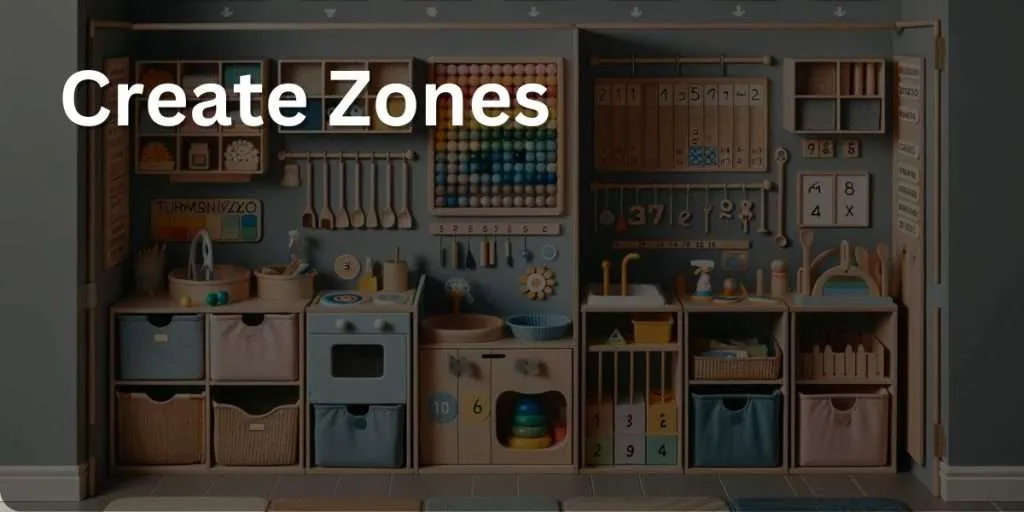
What Should I Include In My Montessori Playroom?
For a Montessori playroom, it’s essential to incorporate elements like low shelves, open-ended toys, practical life activities, and dedicated spaces for reading and music, all tailored to the child’s developmental stage and interests.
Setting up a Montessori playroom requires thoughtful consideration of a child’s developmental needs and interests. Essential elements to consider include low shelves for easy access, a variety of Montessori materials that promote hands-on learning, and natural lighting to create a welcoming environment.
Prioritize open-ended toys like wooden blocks, art supplies, and sensory bins that stimulate creativity. Include practical life activities, such as dressing frames and pouring stations, which foster independence. A quiet reading nook with age-appropriate books encourages literacy, while a music corner with instruments enhances auditory development. Remember, the key is to keep the space organized, minimalistic, and adapted to the child’s changing interests, as the Montessori parenting style is all about.
Montessori Open-Ended Wooden Toys For Montessori Playroom
Montessori open-ended wooden toys are natural, versatile, and durable tools in a Montessori playroom that promote creativity, cognitive development, and sensory experiences, aligning with the Montessori principles of a natural and minimalistic environment.
Montessori open-ended wooden toys form the backbone of an authentic Montessori playroom and Montessori play. These toys, crafted from natural materials, provide children with opportunities to explore, imagine, and create without rigid guidelines.
Open-ended toys, such as wooden blocks, stacking rings, and puzzle boards, allow for a multitude of play possibilities, fostering creativity and promoting cognitive development. The tactile nature of wood offers sensory experiences that plastic counterparts often can’t replicate.
Wooden toys are durable, eco-friendly, and aesthetically pleasing, blending seamlessly with the Montessori emphasis on a natural and minimalistic environment. They serve not only as playthings but also as tools that facilitate skill acquisition, hand-eye coordination, and problem-solving abilities.
Montessori Sensory Materials For Montessori Playroom
Montessori sensory materials are meticulously designed tools in a Montessori playroom that enhance a child’s sensory perception, offering them the opportunity to explore and understand their environment through tactile, auditory, visual, and olfactory experiences.
Montessori sensory materials are fundamental components of a Montessori playroom, specifically designed to sharpen a child’s senses and heighten their awareness of the world around them. These materials, which include items like sandpaper letters, sound cylinders, and color tablets, engage children in activities that refine their tactile, auditory, visual, and olfactory senses.
By using graded materials, children can discern differences in texture, sound, color, and smell, enabling them to categorize and make sense of their environment.
Sensory materials in a Montessori playroom are meticulously crafted to be self-correcting, ensuring that children receive immediate feedback and can independently assess their progress. This fosters a sense of accomplishment and bolsters their confidence in exploring and interacting with their surroundings.
Montessori Practical Life Materials For Montessori Playroom
Montessori practical life materials in a playroom are specially designed tools that simulate everyday activities, enabling children to hone essential life skills, enhance their motor coordination, and foster a sense of autonomy and self-assurance.
The Montessori playroom places a strong emphasis on practical life materials, recognizing their vital role in fostering independence and coordination in young children. These materials are meticulously designed to mirror real-life activities, allowing children to practice and perfect daily life skills in a safe and nurturing environment.
Some of the standout practical life materials include pouring jugs, buttoning frames, and spooning exercises. Additionally, there are dressing frames that help children master zipping, tying, and fastening, as well as washing stations where they learn the basics of cleaning and personal hygiene.
By engaging with these materials, children not only develop fine motor skills but also gain a sense of accomplishment and self-confidence, paving the way for them to tackle more complex tasks in the future.
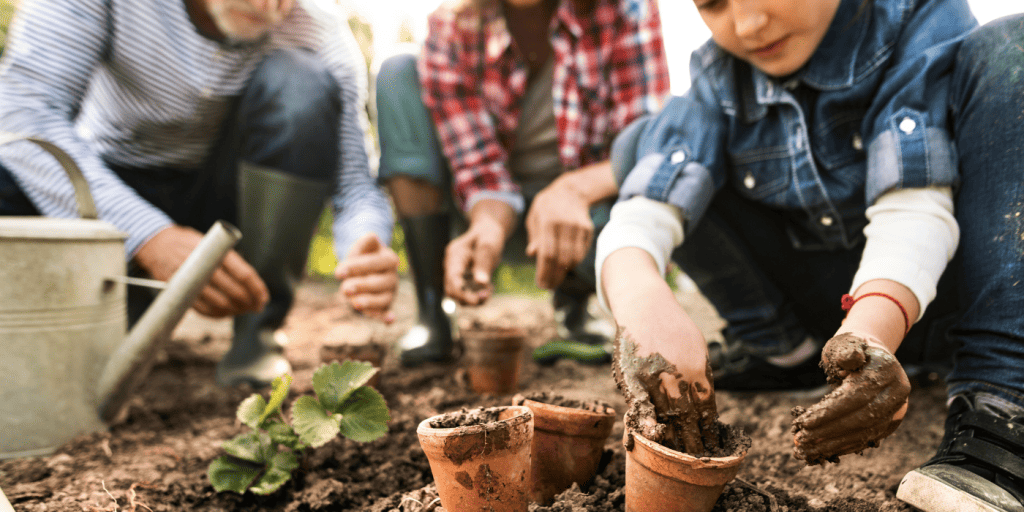
Benefits of Montessori Playrooms
Montessori playrooms are beneficial because they promote independence, stimulate creativity, instill a sense of organization, provide a sensory-rich setting, and empower children with practical life skills, ultimately fostering confidence and self-worth.
Montessori playrooms offer a plethora of benefits that significantly impact a child’s development. These playrooms are meticulously designed to foster independence. With low shelves, child-sized furniture, and materials that are easily accessible, children are encouraged to choose and engage with activities on their own.
The open-ended toys and materials present in these rooms stimulate creative thinking and problem-solving. Montessori playrooms emphasize order and simplicity, helping children develop a sense of organization from an early age. The sensory-rich environment aids in refining the child’s senses and enhancing their observational skills. By offering real-life, practical experiences, these playrooms equip children with essential life skills, boosting their confidence and self-esteem.
- Fosters Independence:
- Self-Directed Play: Children choose what they want to play with, allowing them to follow their interests and passions.
- Practical Life Skills: With child-sized tools and real-life activities, kids practice and master essential life skills, from dressing to cooking.
- Promotes Concentration:
- Minimized Distractions: The simple and organized layout reduces overwhelm, enabling children to focus better on tasks.
- Deep Engagement: The thoughtful selection of materials means kids often become deeply engrossed in their chosen activities.
- Enhances Cognitive Development:
- Hands-On Learning: Children engage with tangible materials, enhancing their understanding of concepts like math, language, and science.
- Problem-Solving: Open-ended toys and activities encourage kids to think critically and come up with creative solutions.
- Boosts Motor Skills:
- Fine Motor Development: Activities like bead-threading or using tongs enhance dexterity and hand-eye coordination.
- Gross Motor Skills Growth: Spacious design allows for movement-based activities, improving larger muscle coordination.
- Encourages Respect and Order:
- Personal Responsibility: Kids learn to return items to their designated spots, instilling a sense of order and responsibility.
- Caring for the Environment: With plants and natural elements, children learn to nurture and respect nature.
- Supports Sensory Exploration:
- Rich Sensory Materials: From sand trays to musical instruments, kids engage with diverse textures, sounds, and sights.
- Sensory Development: This sensory engagement is crucial for brain development and understanding the world around them.
- Cultivates Creativity and Imagination:
- Open-Ended Play: Materials without a fixed purpose let children’s imaginations run wild, fostering creativity.
- Artistic Expression: Dedicated spaces for art and craft enable kids to express themselves artistically.
- Broadens Cultural Awareness:
- Global Materials: Incorporating items from different cultures introduces children to a diverse world.
- Respect for Diversity: Early exposure fosters understanding and respect for various cultures and traditions.
- Builds Confidence and Self-Esteem:
- Mastery of Skills: As children master tasks independently, they develop a sense of pride and confidence in their abilities.
- Positive Reinforcement: Displaying their artwork or achievements celebrates their efforts, boosting self-esteem.
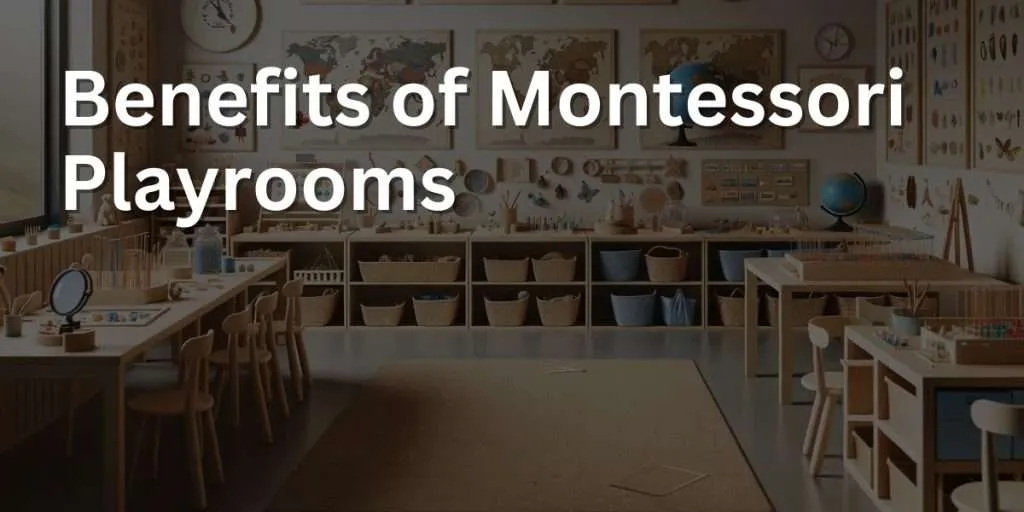
Creating a Montessori Playroom on a Budget
Creating a Montessori playroom on a budget involves embracing simplicity, opting for multi-functional furniture, undertaking DIY projects, exploring second-hand options, and prioritizing quality over quantity to foster a conducive learning environment.
Crafting a Montessori playroom pr a Montessori child’s play space for younger children on a budget is not only feasible but can also be a fulfilling endeavor. A primary principle of Montessori is simplicity, which aligns well with budgetary constraints. To start, focus on montessori playroom ideas such as multi-functional furniture that can adapt to a child’s growing needs, such as adjustable tables and chairs.
DIY projects are a fantastic way to save; homemade sensory bins or crafted wooden toys can be just as effective as store-bought ones. Second-hand stores and community swaps often have treasures waiting to be discovered, from gently used Montessori materials to shelves that can be repurposed.
Emphasizing quality over quantity in your child’s playroom ensures that selected items are durable and will stand the test of time. Remember, the goal is to create an environment that promotes independence, exploration, and learning, rather than amassing a large quantity of toys.

